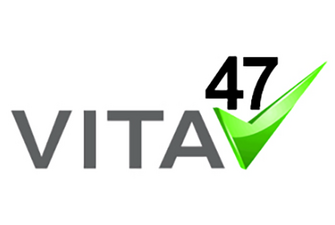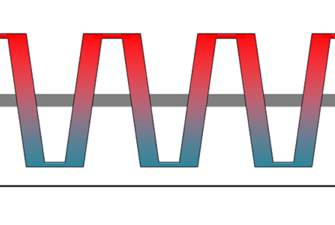
Ruggedization and Reliability
What is VITA 47?
ANSI/ VITA 47 is an American National Standard introduced in 2005, and revised in 2019, that defines rugged environmental, design and construction, safety, and quality requirements for commercial-off-the-shelf (COTS) plug-in units (cards, modules, etc.) intended for mobile applications. Also, the VITA Standards Organization’s ANSI/VITA 47 targets the environments, design and construction, safety, and quality for plug-in units. Even better, the standard has been updated to address the ruggedization requirements of the full range of COTS applications, including unmanned vehicles (e.g. UAVs, UUVs). This standard is meant to facilitate these modules’ cost-effective integration into larger systems, and to ensure long-term reliability.
Go Beyond Rugged With VITA 47
ANSI/VITA 47 is an American National Standards Institute standard that defines a set of rigorous environmental, design and construction, safety, and quality requirements for plug-in COTS hardware that is intended for use in mobile defense and aerospace applications.
Raising the Bar on Defining Ruggedization, Reliability
The VITA Standards Organization’s ANSI/VITA 47 targets the environments, design and construction, safety, and quality for plug-in units. Even better, the standard has been updated to address the ruggedization requirements of the full range of COTS applications, including unmanned vehicles (e.g. UAVs, UUVs).
Why is VITA 47 Important to Your Applications?
Proven Reliability:
Proven reliability is a must for deployed embedded applications. VITA 47 tests to the following factors, ensuring your hardware works the way you need it to, every time:
- Environmental factors, including:
- Temperature (operating, non-operating and extreme levels of thermal cycling)
- Shock & Vibration (operating and bench handling)
- Humidity, altitude, rapid decompression
- Fungus and corrosion resistance
- Design, construction, safety and quality requirements
VITA 47 is meant to demonstrate not just the short-term thermal capabilities of a module, but to ensure the long-term reliability of all aspects of the design under the harshest of real-world conditions.
Lead-free Concerns:
The perception that lead-free assemblies aren’t as hardy as tin-lead assemblies has been proven false. Our VITA 47 testing has confirmed that Curtiss-Wright’s lead-free assemblies are as reliable, if not more reliable, than re-balled or traditional tin-lead assemblies.
Setting Reliability Targets:
Without reliability testing, how can you be sure your boards meet or exceed your long-term reliability expectations? VITA 47 testing details pass/fail criteria for various environmental conditions, allowing a common baseline to be set for what reliability parameters should be expected for your rugged, embedded modules.
Truly Rugged and Proven Reliable: VITA 47 and Beyond
The VITA 47 standard gives system integrators a baseline by which to objectively compare the reliability of COTS products from various vendors. Products that have passed the highest levels of the VITA 47 standard provide the highest level of reliability in the most extreme environments.
How is Curtiss-Wright Implementing VITA 47 Standards?
Curtiss-Wright incorporates the knowledge gained from our VITA 47 testing into the designs of our COTS products, and we continue to cycle selected products through the full suite of tests defined by the standard. As always, Curtiss-Wright stands behind the reliability of our COTS products, and now we can fully evaluate and test for full compliance with the VITA 47 standard. VITA 47 testing will give us continual data to enhance our ongoing advancement of reliable ruggedization.
Full test reports are available for select products. Please contact your local sales representative if you are interested in more details.
Take Embedded Systems to New Extremes Deliver Cutting-Edge Reliability With COTS Products
The VITA 47 standard defines a set of rigorous environmental, design and construction, safety, and quality requirements for plug-in COTS hardware that is intended for use in mobile defense and aerospace applications.
VITA 47: An Objective Baseline for High-Level Ruggedization
VITA 47 testing/verification includes thermal, cooling, vibration, shock, humidity, altitude, rapid decompression, fungal resistance, ESD (including 2LM), corrosion resistance, workmanship (soldering, conformal coating, and PWB fabrication), interchangeability, status lights, fans (including noise), safety (including materials, flammability, and toxicity) and quality assurance. VITA 47 also includes tests for long-term reliability and durability.






